Think back to the last time you "rolled" your ankle. Do you remember what it felt like? Can you picture in your minds eye the swelling and redness that came with it?
As you sat on your couch with a bag of ice on your foot and a consolatory bag of Cheetos in your hands, you can't be blamed for wondering what exactly you did to your ankle in the first place.
Did you sprain, or strain it? Is there even a difference? Why are you icing it? Why are there never enough Cheetos?
All valid questions. Let's see if we can give you some valid answers.
They're Basically the Same... Except Different
The first thing you need to understand, is that the only difference between a strain and a sprain is the tissue that is affected.
- Strains affect muscles and their tendons

Image Credit
- Sprains affect ligaments

Image Credit
It might be useful to quickly distinguish the difference between a muscle/tendon and a ligament.
Muscles
Muscles are the contractile tissues of the body.
The main function of all muscles is to create some type of movement. The movement could be in the heart, intestines, joints, etc. There are 3 different types:
- Smooth
- Cardiac
- Skeletal
Smooth
Smooth muscle is an involuntary muscle, meaning you can't decide when to contract it. It's located in many different places throughout the body, such as the intestines, eye, blood vessels, etc.
Cardiac
Cardiac muscle is only found in the heart. In fact, the word cardia literally means heart. This is another involuntary muscle, and also happens to be the coolest in my opinion. This muscle tissue is capable of conducting its own electrical impulse that regulates the pace of the heart. It's awesome.
Skeletal
Skeletal muscle is the most commonly known type of muscle. This is a voluntary muscle, meaning that you can decide when to contract it. Skeletal muscle allows for movement at the various joint of the body, as well as facial expressions.
The important thing to understand here is, skeletal muscle usually connects two bones together. There are exceptions (facial expression muscles for instance), but this is the most common way it's found in the body.
Tendons
Tendons are made entirely out of the protein collagen, which is aligned in a parallel fashion. This fiber orientation allows for immense strength in one direction. The tendon will blend with the muscle tissue on one end, and literally blend into the bone on the other.
When the muscle tissue contracts, it will pull on the tendon, which will then pull on the bone that it's attached to. It's this pulling on the various bones that creates the movement at the different joints.
Ligaments
Ligaments are dense bands of collagen that define a joints range of motion.
For instance, you've all probably heard of the ACL before.
It stands for Anterior Cruciate Ligament, and it's located inside of the knee. The function of the ACL is to prevent the Tibia (shin bone) from sliding forward in relation to the femur.
It literally prevents this action from occurring.
Without ligaments, joint range of motion would be erratic and inefficient. The reason your elbow only bends in one direction is because of the ligaments that surround it and keep it in that position.
In essence, muscles/tendons cause motion at a joint, while ligaments prevent motion of a particular type.
Time For Grades
The next piece to this puzzle is about determining the severity of the injury.
The severity is ranked according to it's grade.
The nice thing about determining the grade of these injuries, is that we use the same criteria for both.
They're ranked from Grades 1 - 3, with 3 being the worst.
Grade 1 tears are more or less a casual injury. Usually individuals with a grade 1 tear express soreness and slight loss of function. Depending on who you ask, grade 1 tears can range from simple muscle soreness from going to the gym, to what most would typically call a "pulled muscle." The big takeaway here is that you'll be fine as long as you rest and take it easy.
Grade 2 tears are more serious. At this point, the tissue has experienced some literal ripping, which can cause intense pain, discomfort, and loss in range of motion. You can expect to see bruising, which can range from mild to severe. The important thing here is to rest as much as possible. It is also a good idea to see a physician if the bruising and pain are severe enough. Some individuals may need a brace or cast at this point, depending how much the tissue tore.
Grade 3 is the most serious of all. The tissue has undergone a complete rupture, compromising the stability of the entire area. There will be extreme pain, swelling, and bruising. You can expect to have absolutely no range of motion in the area, since the body will put the area under lock down to prevent further injuries. The only treatment is going to be some type of surgery. You can always leave the injury be, and it will heal up on its own, but it's important to understand that even though healing will occur, the tissue will never reattach on its own.
As you can see from these pictures, the grades are the same between the two tissues.
So Why Does Ice Help?
The reason you apply ice to the area is because of the temperature. The coldness of the ice has the effect of constricting the surrounding blood vessels, thereby decreasing the blood flow to the area.
Now, if you know anything about the inflammatory response, you may be asking yourself why decreasing blood flow is beneficial. Doesn't the blood flow allow the tissue to heal?
The important thing to understand here is, the constriction of the blood vessels is temporary. It's usually recommended to only use ice for a maximum of 20 minutes on an area, due to the fact that tissue damage can occur if kept there longer.
Once you've removed the ice, the blood vessels will begin to dilate again, increasing blood flow to the injury. If you continue to use ice off and on throughout the day, the result will be a "pumping effect", which will accelerate fluid replacement, and therefore nutrient replacement.
My personal recommendation is to use ice for 20 minutes, then let it warm for 20 minutes, and then put the ice on again for 20 minutes. Try and do this for a few hours, making sure you're resting as much as possible the entire time.
Thanks for taking the time to read!
Enjoyed this post? Here are a few more that might interest you as well!
Let's Learn Anatomy #1
Let's Learn Anatomy #2
Let's Learn Anatomy #3
Let's Learn Anatomy #4
What Is a Heart Attack?
Why Are Human Babies So Incredibly Weak???
Why Is Your Butt So Big???
Evolution, Society, and Cryptocurrency... How Does It All Relate???
What Is Asthma?

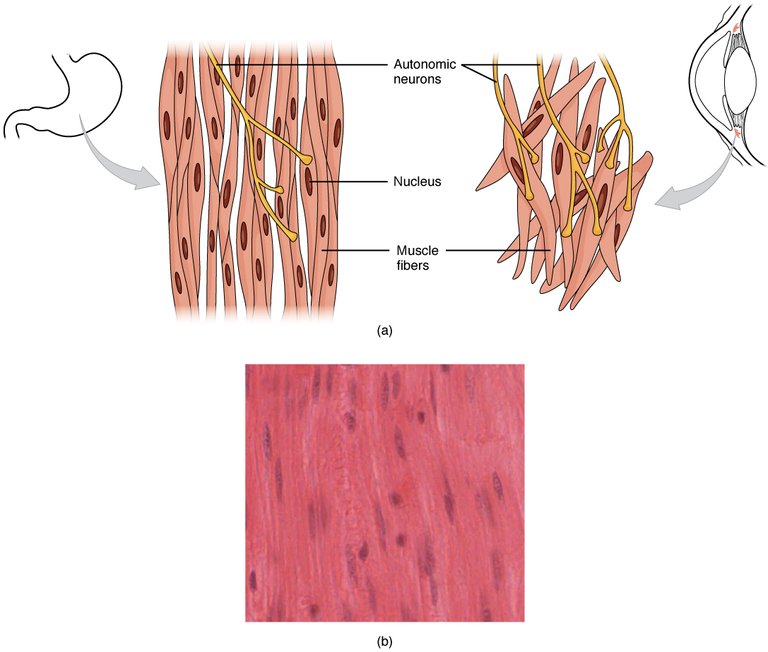

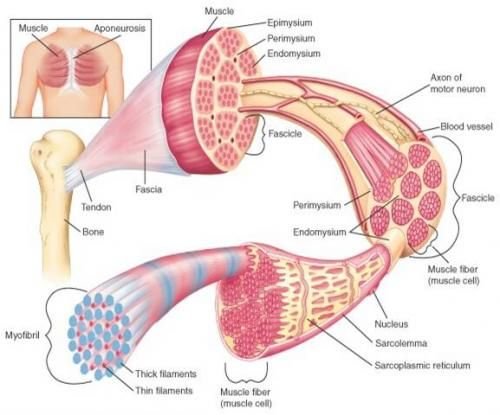
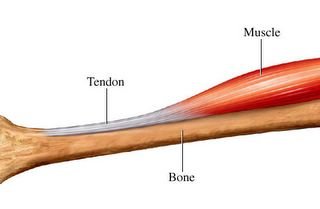


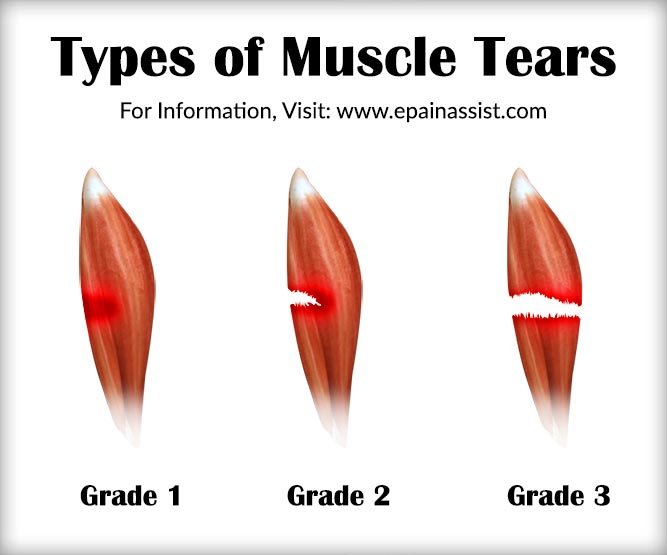
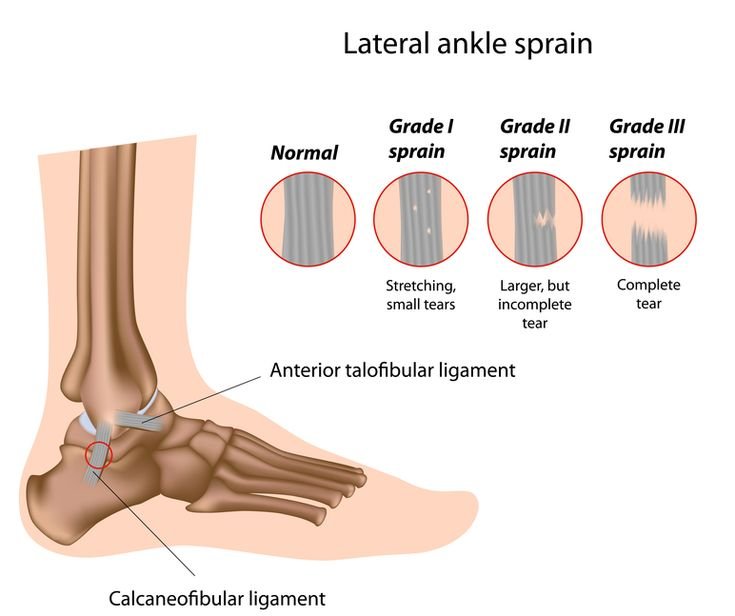
Good Stuff
@originalworks
@OriginalWorks Mention Bot activated by @unprovoked. The @OriginalWorks bot has determined this post by @justincottle to be original material and upvoted it!
To call @OriginalWorks, simply reply to any post with @OriginalWorks in your message!
For more information, Click Here!
Great article!
Suggestion to improve it: add what ligaments are.
There is a part saying:
Yet there is no part describing ligaments.
Ah, thank-you! I must've been too eager and got a little carried away. I'll be sure to update the post.
It seems like there would be more divisions in severity of injury. Kind of reminds me of the oversimplistic pain chart.
great post
I completely agree. The first and third degrees seem intuitive, but the second degree seems like it could be separated into other degrees.
How long the pain lasts. LOL Good article
Thanks! I appreciate it!
How long the pain lasts depends from person to person, and the severity of the injury. Typically the pain should subside within a few days if it's a grade 1 tear, with a week being the maximum. However, that can definitely change depending on the situation.
Your article was very professional and informing. Thank You!
hello nice to meet you...a new follower here; Massage Therapist, former Respiratory Therapist, Meditator, etc.... many interests.. great post upvoted..
It's nice to meet you as well!
Wonderful material :)
Continue, please..
I follow you and upvoted this post
Kindly, Have a look into my blog, you may like any of my posts :)
https://steemit.com/nature/@asmaasema/world-s-simplest-homemade-shampoo-that-s-perfect-for-your-hair-type#comments
Thank-you! I'll happily look into your blog
Thank you dear so much for your interest :)
Very informative. Thank you for this post.
Thank-you!
Nice post !
If you don't mind please check my last post and put some suggestion !
A sprain is a stretching or tearing of ligaments — the tough bands of fibrous tissue that connect two bones together in your joints. The most common location for a sprain is in your ankle. A strain is a stretching or tearing of muscle or tendon.